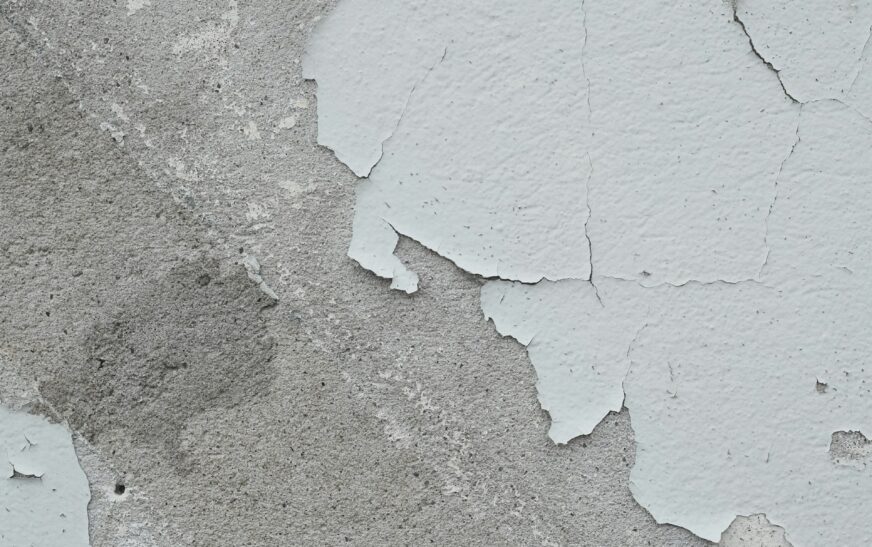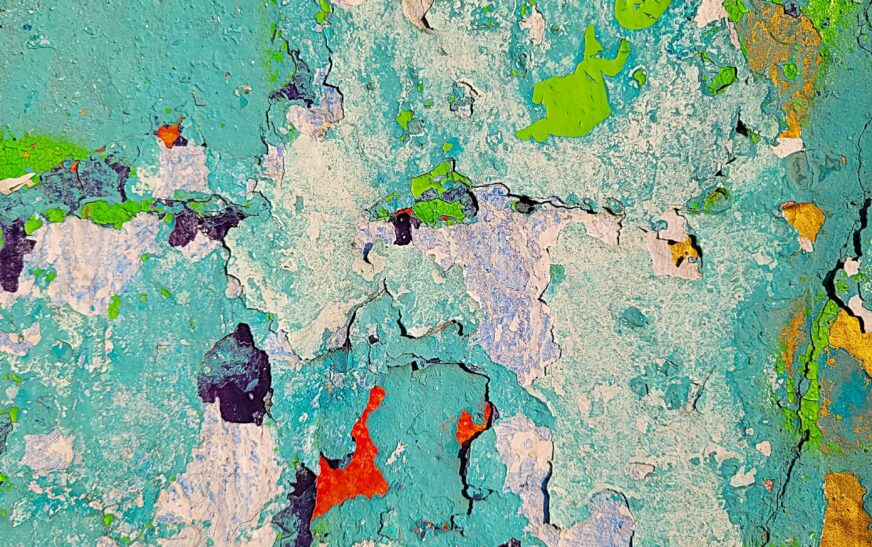Brick has a reputation for being tough, timeless, and nearly indestructible. That warm red tone and rough texture make it a design favorite—until someone slaps paint all over it. Fast forward a few years (or decades), and you’re stuck staring at chipped beige or a color trend best left in the past.
How to Remove Old Paint from Brick
The question: how do you get old paint off brick without turning it into rubble?
Spoiler: it’s not a Saturday afternoon quickie. Think “restoration project,” not “weekend DIY.” Patience and care will save your wall—and your sanity.
Step 1: Check the Brick’s Condition
Before you start attacking the wall, take a good look at it. Ask yourself:
- Is the paint already flaking, or stuck like glue?
- How many layers are we talking—one or ten?
- Is the wall inside or outside?
- Are the bricks dense and smooth, or crumbly and sandy?
Fragile or older bricks (especially handmade or pre-1930s) can’t handle aggressive methods. Treat them gently.
Step 2: Try Good Old Elbow Grease
For thin or peeling paint, sometimes a scraper, stiff brush, or putty knife gets the job done.
But careful—push too hard, and you’ll scar the brick. Work in short, light strokes. If the surface starts crumbling, stop. That’s your wall waving a white flag.
Step 3: Chemical Strippers (The Serious Tools)
When the paint is thick, stubborn, or layered, chemicals often work best. But not just any stripper—choose one labeled for masonry or porous surfaces. They usually come in gel or paste form so they stick to walls instead of dripping onto your shoes.
How it works:
- Apply with a brush or trowel.
- Let it sit (follow the instructions to the letter).
- Scrape or wipe away the softened paint.
Pro tip: Always test a small area first. And ventilate well—fumes linger, even with “low-VOC” products. Gloves, goggles, and a mask aren’t optional—they’re your new best friends.
Step 4: Pressure Washing (Proceed with Caution)
For exterior brick, pressure washing can work—if you go easy. Too much pressure and you’ll blast mortar right out of the joints.
- Use a fan tip.
- Stay under 1,000 PSI.
- Keep the nozzle moving, not parked in one spot.
Never, ever use this method on interior walls or historic brick.
Step 5: Peel-Away Systems (The Patient Perfectionist’s Choice)
This method is oddly satisfying. You spread on a thick paste, cover it with laminated paper, let it cure, then peel it all off—paint and all.
It’s slow but safe, and works especially well for bricks with tricky shapes or decorative detailing. Think “spa facial for your wall.”
Step 6: Natural DIY Options
If you’re tackling a small patch—or you just don’t want chemicals in your house—vinegar, baking soda paste, or citrus-based removers can sometimes lift thin paint like whitewash or latex.
The trade-off:
- Multiple applications.
- Long wait times.
- A lot of scrubbing.
They’re eco-friendly and cheap, but don’t expect miracles on thick, multi-layered coatings.
Read More : How to Get Old Paint Off Brick
Step 7: Rinse, Dry, Protect
Once the paint is off, you’re not quite finished.
- Rinse thoroughly with clean water.
- Let the brick dry fully (anywhere from 24–72 hours).
- Check for residue, mortar damage, or discoloration.
From here, you can leave the brick raw or seal it. If you seal, choose a breathable masonry sealer—otherwise you risk trapping moisture inside, which is basically brick’s worst nightmare.










